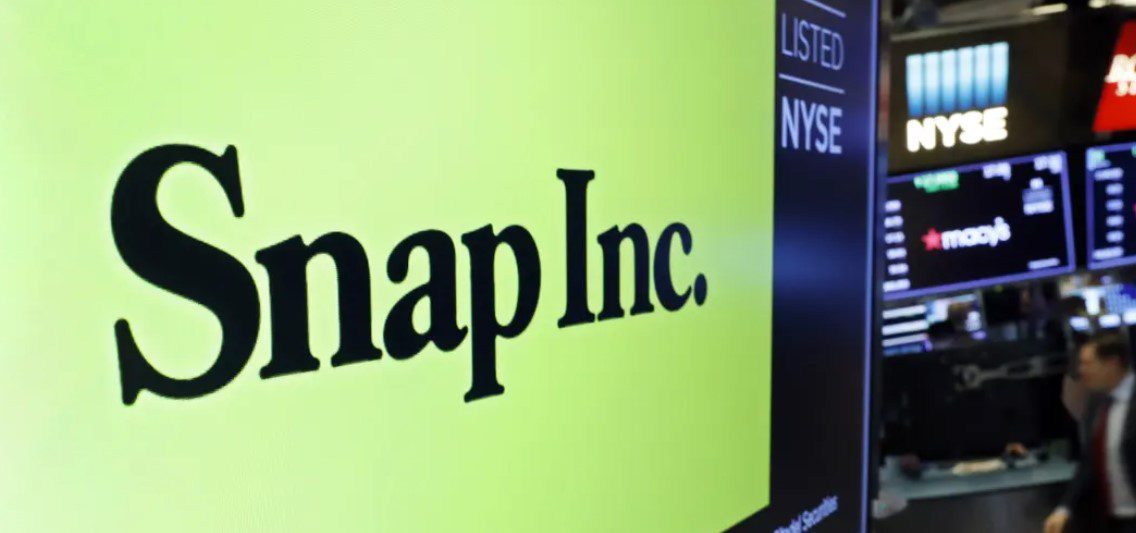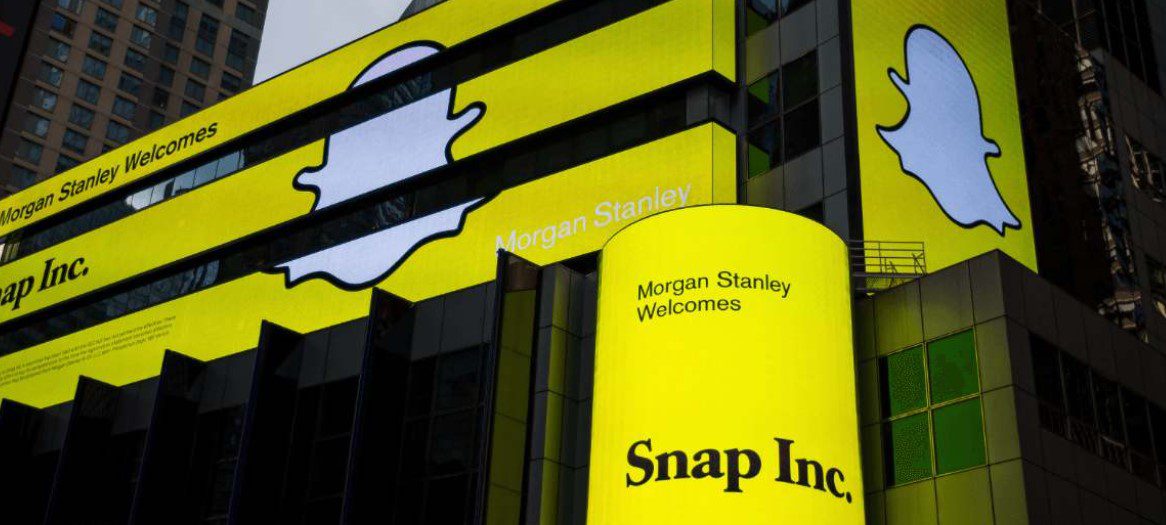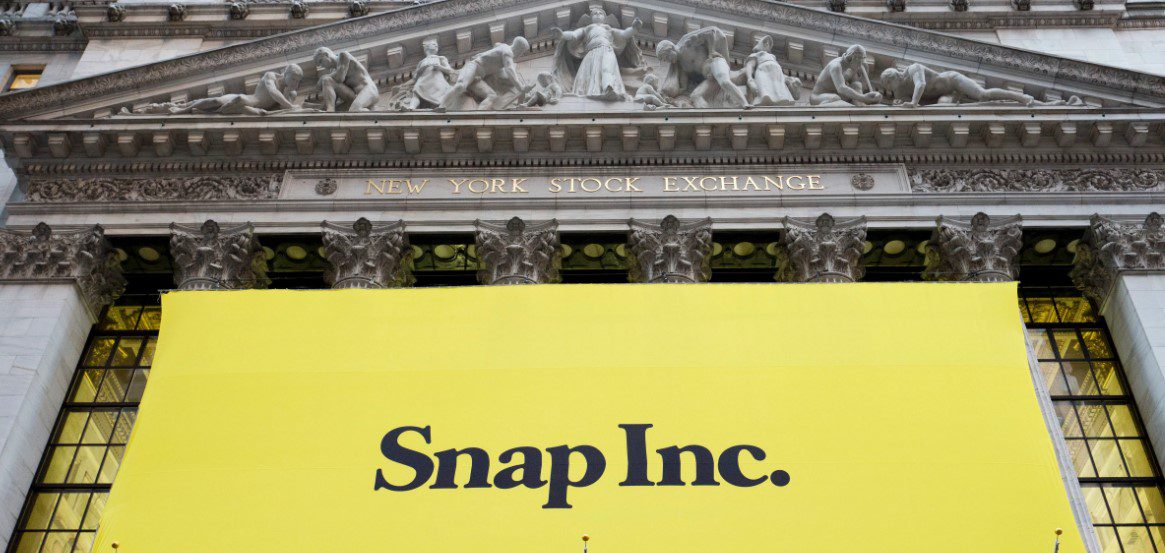The Snapchat stock has plummeted by 75% in the past six months. Furthermore, Snap Inc’s demise sends panic all over the spectrum of social media and digital advertising as it reveals a major macroeconomic trend. Moreover, could this mean the end of digital advertising performance worldwide?
The stock value of Snap Inc. —SNAP— went down -43.08% in Tuesday’s trading right after the social media company sent a document to the Securities and Exchange Commission warning that their earnings —and pretty much else’s— are down in the current environment. But who’s to blame?

Snapchat Stock Plummets
Firstly, Snapchat isn’t the only social media company seeing this trend and suffering in the stock markets. Pinterest went down too —PINS— by -23,64%, and their day-to-day decline is impressive. Social media giant Meta reports a downtrend of -7.62%. And Twitter —right in the middle of an Elon Musk takeover— is down -5.55%.
Just yesterday that 40% plunge made the stock price hit the lowest level since March 2020, right after COVID landed in the United States. Furthermore, that SEC filing made the whole market look quite grim, as the tech sector took a 1% dip. Even Elon Musk felt the shock as his Tesla stocks took a dip of 5%, meaning that he’s no longer in the US$ 200 billion clubs.
The “New” New Normal
But that’s a normal thing in this economic macrotrend at the moment. Currently, inflation in the United States is caused by an expansion of their monetary mass, a Federal Reserve that doesn’t seem to understand the problem with the interest rates, and a Federal Government occupied with diversity and identity politics domestically that doesn’t seem to notice the trend that’s shaking up the public: Amazon shuts down warehouse expansion plans, the DXY index continues its trend, and an incoming recession sees how day-to-day products are more expensive.
Retail Brands Affected Are Also Part of the Problem
Suppose you think that Big Tech and advertising are going through a rough patch. In that case, Google’s parent company, Alphabet, is down five points—American retailers like Costco, Walmart, Amazon, and Target are also down. Showing how the public will not purchase retail items as they used to because the global economy —fueled by the US dollar— is in really bad shape.
Furthermore, if COVID wracked production and gave supply chain woes, this macroeconomic trend affecting social media advertisement will see consumers and brands shift their behavior patterns. The very fact that a company like Snap gives up on their outlooks just a month before the quarter reports show us that the internet ad sector will be in trouble and traditional media more so.

Snapchat’s Problem
When Snapchat came to the market, everyone liked it and used it. But as with all things social media, it lost traction and got substituted by the next best thing. The next best thing is TikTok and other services like Twitch and Discord. Furthermore, TikTok made things so complicated for rival social media that Instagram had to introduce reels, YouTube had to introduce shorts, and Snapchat just fell behind, watching how the bulk of its clientele and even top-level celebrities like the Kardashians, who posted every single aspect of their lives there now use TikTok to do it.
Since the advertising revenue landscape has dramatically shifted, social media companies must grapple with the impact of lowered sales. If you add fuel to the fire from Big Tech’s side —like Apple changing its privacy settings for the iOS environment and more things to come with the WWDC— the outlook is not so good, as social media companies will now have a harder time tracking consumer patterns.
What Does It Mean?
If you have a digital business and use advertising to promote your business, it is going to be increasingly difficult to target your audience. But companies will make it a lot more expensive for you. Since brands are now making direct deals with Big Tech to funnel ads and spend big money on it and feeling the pain, that will trickle down onto the other entrepreneurial side. Moreover, the behavior pattern will force sellers and purchases to adapt.
Also Read: Audi e-Tron GT 2022: The Long Range Model Makes For A Grand Tourer




